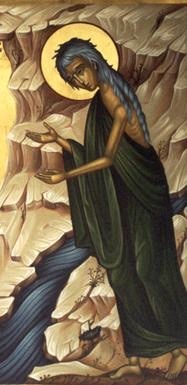St. Katherine the Great Martyr
Today when we admire someone who is beautiful, witty and bright we might say, she’s the whole package. This is a perfect description of St. Katherine the Great Martyr. Katherine lived in the early 4th century in the city of Alexandria. Highly educated, beautiful, articulate and of royal blood, Katherine confronted the Emperor Maxentius and professed her faith in Christ. The emperor summoned fifty pagan philosophers to debate Katherine on matters of faith. Catherine(another spelling) refuted their arguments so convincingly that many of her learned opponents accepted Christ. Maxentius was infuriated and ordered Katherine tortured and many of the new converts put to death.
Tortured and imprisoned her courage and deep faith influenced over 200 additional souls to embrace faith in Christ including the emperor’s wife Valeria Maximilla. They too were also martyred. Maxentius tried to entice Katherine by an offer of marriage, but the princes would have none of it. She face even more terrible tortures. The Emperor sentenced Katherine to be tortured on a spoked wheel, which broke in pieces when Katherine touched it. Many icons of the great saint depict her standing next to a wheel. Katherine was finally beheaded at the young age of 18. With her faith and dedication to Christ she earned the grace of the Holy Spirit and the crown of a Great Martyr of the Church. Throughout the centuries many miracles have been accomplished through the intercessions of St. Katherine. She has appeared to many faithful to comfort them in times of distress. The Emperor Justinian named the Monastery on Mt. Sinai in her honour and it is one of the primary pilgrim destinations in the Orthodox world. Holy Martyr of God, Katherine, pray for us.






